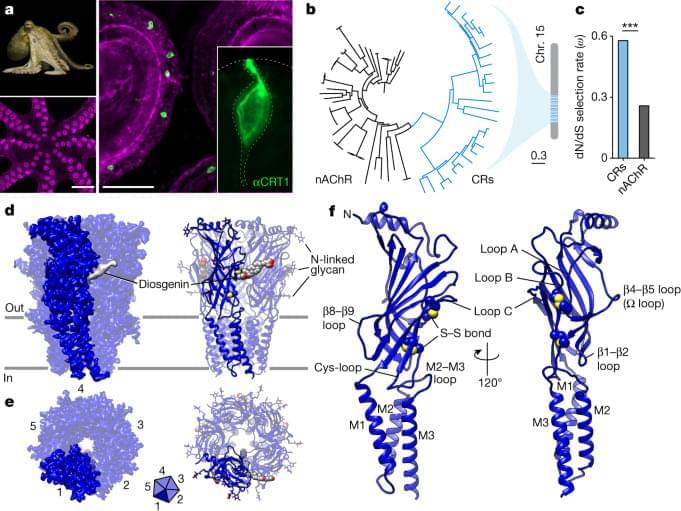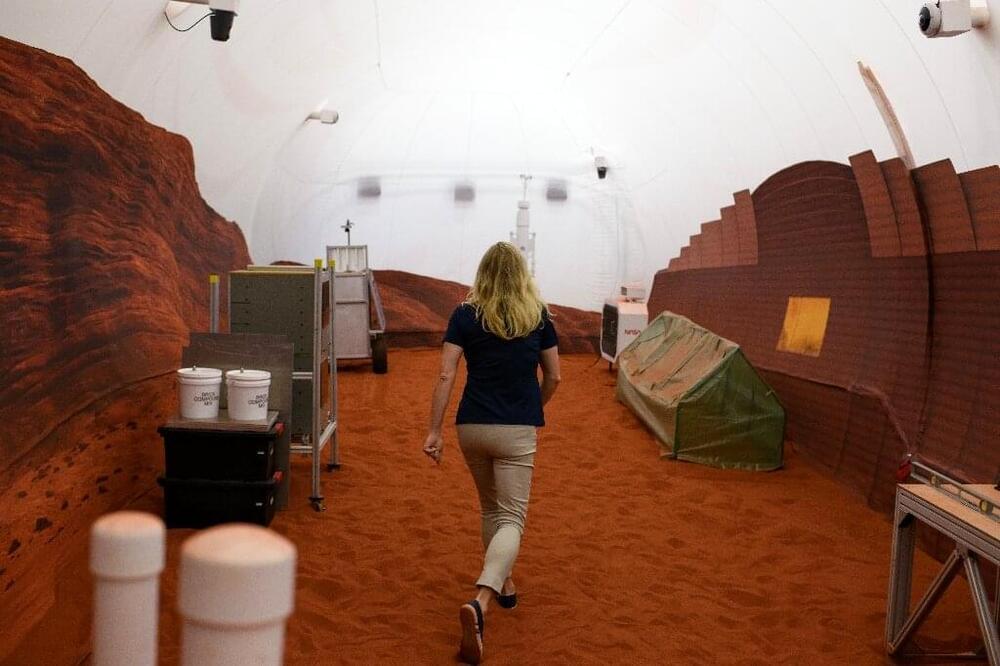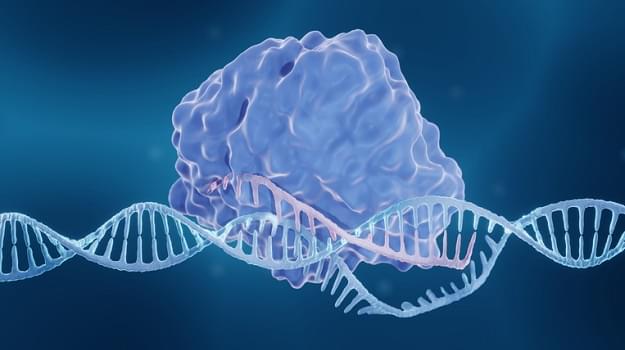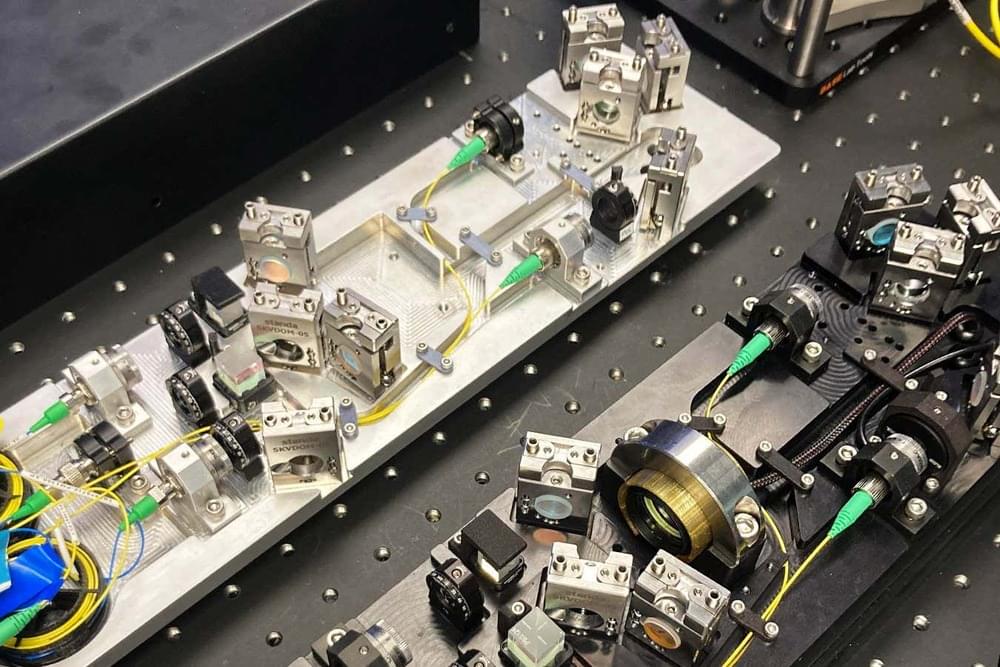Microsoft and Citizen Lab uncover QuaDream spyware compromising high-risk individuals’ iPhones with zero-click ENDOFDAYS exploit.



Malicious loader programs capable of trojanizing Android applications are being traded on the criminal underground for up to $20,000 as a way to evade Google Play Store defenses.
“The most popular application categories to hide malware and unwanted software include cryptocurrency trackers, financial apps, QR-code scanners, and even dating apps,” Kaspersky said in a new report based on messages posted on online forums between 2019 and 2023.
Dropper apps are the primary means for threat actors looking to sneak malware via the Google Play Store. Such apps often masquerade as seemingly innocuous apps, with malicious updates introduced upon clearing the review process and the applications have amassed a significant user base.
For more information about Stanford’s Artificial Intelligence programs visit: https://stanford.io/ai.
To follow along with the course, visit:
https://cs330.stanford.edu/
To view all online courses and programs offered by Stanford, visit: http://online.stanford.edu
Chelsea Finn.
Computer Science, PhD
Plan for Today.
Why be Bayesian?
Bayesian meta-learning approaches.
Do you like our content? Please support PRO Robots on Patreon.
—
https://www.patreon.com/PRORobots.
—
Your contributions will help us to create better content and to improve our service for you and our PRO Robots community. Every dollar counts and will help us keep working for you.
Thank you for your support!
All about AI: https://youtu.be/Ic8yVrm58lI
—
👉For business inquiries: [email protected].
✅ Instagram: https://www.instagram.com/pro_robots.
—
Will artificial intelligence destroy humanity? Will GPT-5 be the first artificial general intelligence? Why are neural network experts calling on missile strikes to destroy the AI development centers? That and review of new robot superpowers and the ProMat 2023 robot show is in one video! Watch till the end, it’s gonna be interesting!
00:38 — Will GPT-5 destroy humanity?
03:02 — Free Midjourney is no more.
03:40 — Robots learning new tricks.
05:27 — Robots the Omnipresent.
06:34 — Cheesecake won’t be the same again.
07:17 — A 3D-printed rocket.
08:07 — America’s first lunar rover.
08:38 — ProMat 2023 Robotics Expo.
11:04 — Robots and hot coffee.
11:38 — Drones and droids.
12:22 — Dental hygienist robot.
#prorobots #robots #robot #futuretechnologies #robotics.
More interesting and useful content:

Noisy intermediate-scale quantum algorithms, which run on noisy quantum computers, should be carefully designed to boost the output state fidelity. While several compilation approaches have been proposed to minimize circuit errors, they often omit the detailed circuit structure information that does not affect the circuit depth or the gate count. In the presence of spatial […]…
Scientists at the University of Cambridge have designed a robotic hand that can grasp and hold objects using only the movement of its wrist.
The 3D printed model was implanted with sensors that enabled it to “sense” what it was touching and more than 1,200 tests were carried out, using objects including a peach, computer mouse and bubble wrap.
Please subscribe here: http://bit.ly/1rbfUog.
#Robots #BBCNews


Four small rooms, a gym and a lot of red sand—NASA unveiled on Tuesday its new Mars-simulation habitat, in which volunteers will live for a year at a time to test what life will be like on future missions to Earth’s neighbor.
The facility, created for three planned experiments called the Crew Health and Performance Exploration Analog (CHAPEA), is located at the US space agency’s massive research base in Houston, Texas.
Four volunteers will begin the first trial this summer, during which NASA plans to monitor their physical and mental health to better understand humans’ fortitude for such a long isolation.

Pictured: Illustration of CRISPR-Cas9 editing DNA / iStock, Artur Plawgo
Currently, there are no gene editing–based treatments on the market, but the technology continues its march toward potential FDA approval, with several products in mid-and late-stage trials. As these programs mature, 2023 could be a pivotal year for companies in the space. Here are some highlights to look forward to as the year progresses.
CRISPR Therapeutics/Vertex Pharmaceuticals.

Entangled photons of light have been sent through a loop of conventional optical fibre under the noisy New York streets – a starting point to building an unhackable quantum internet.